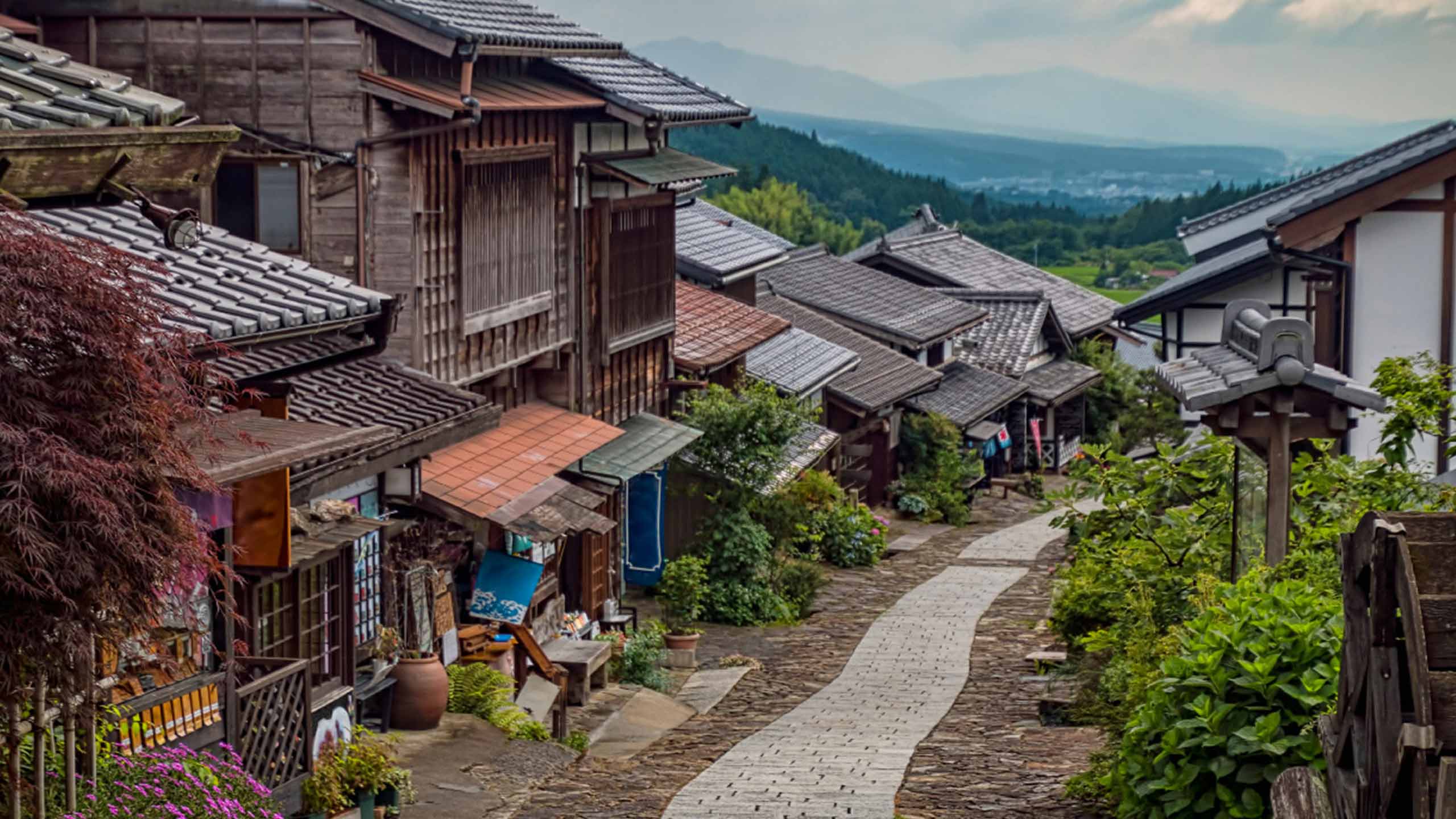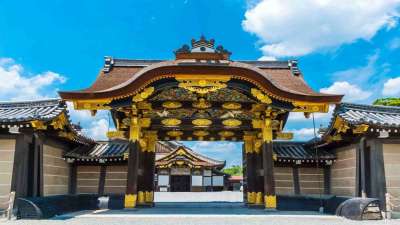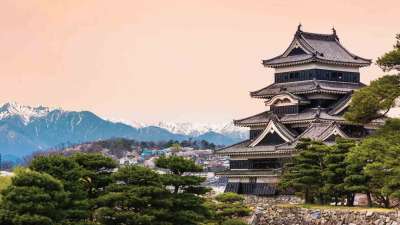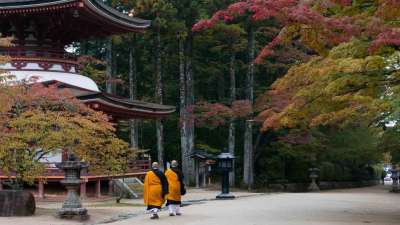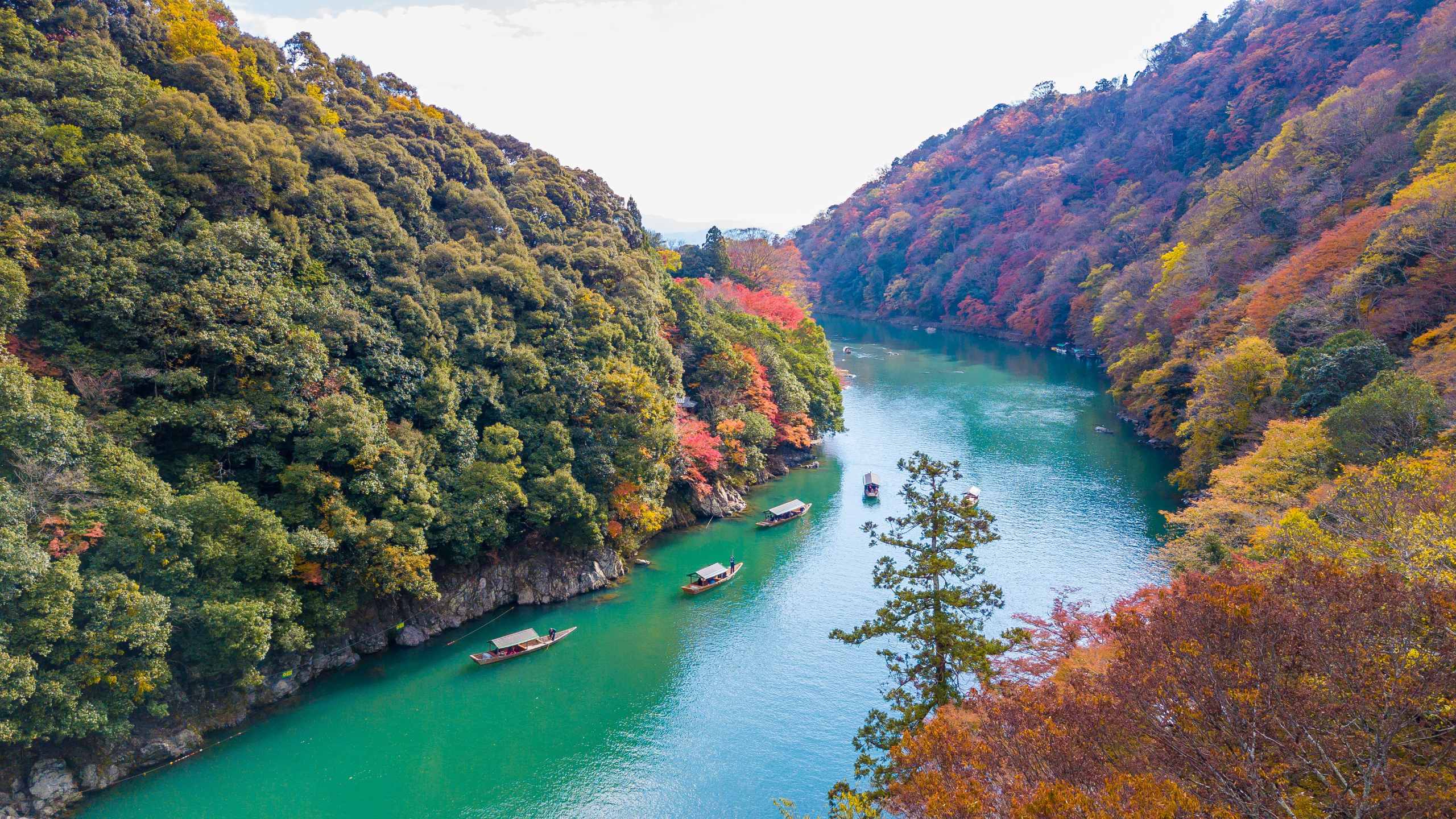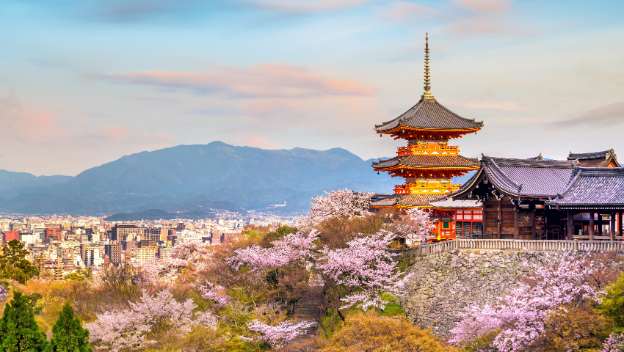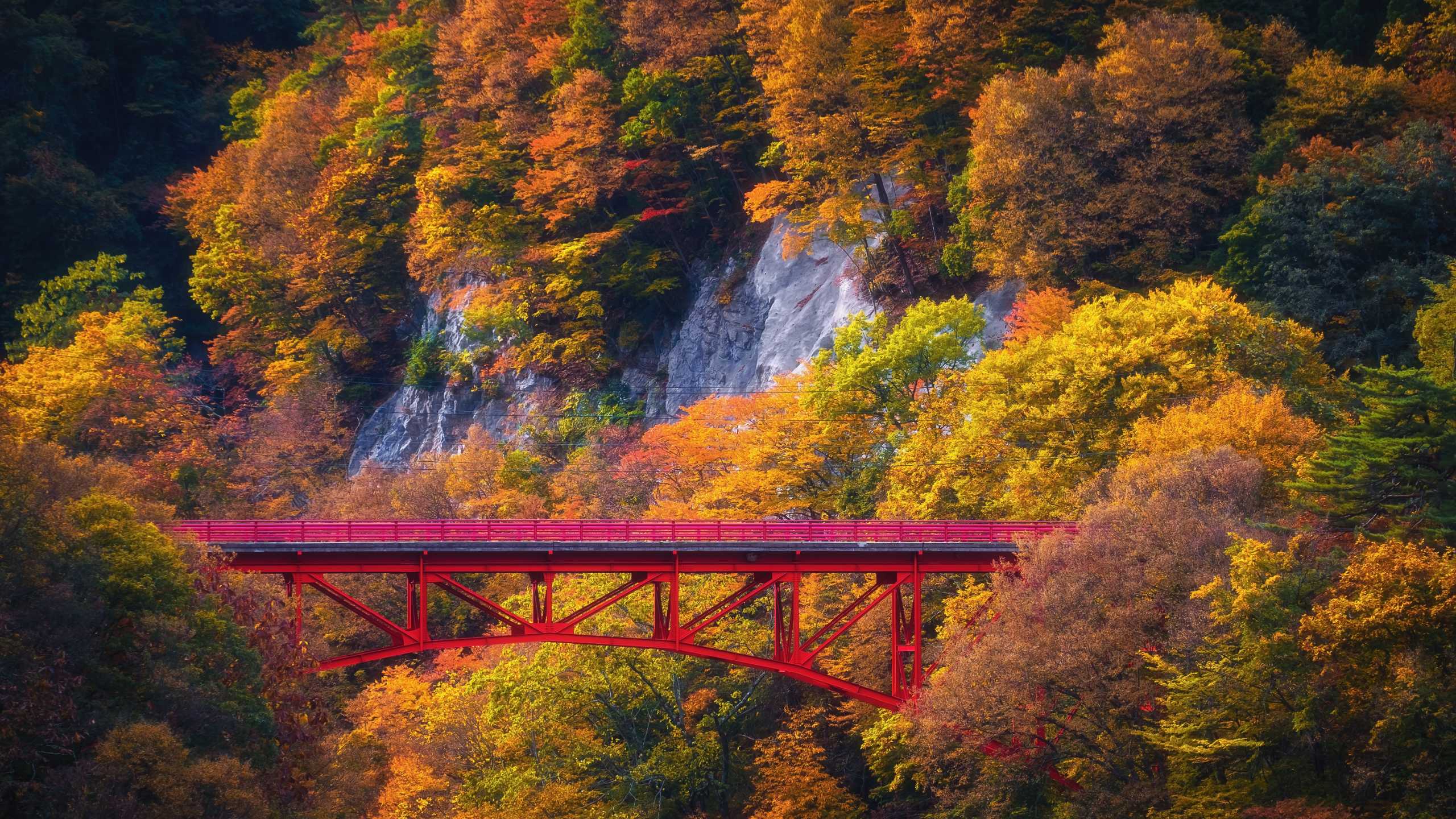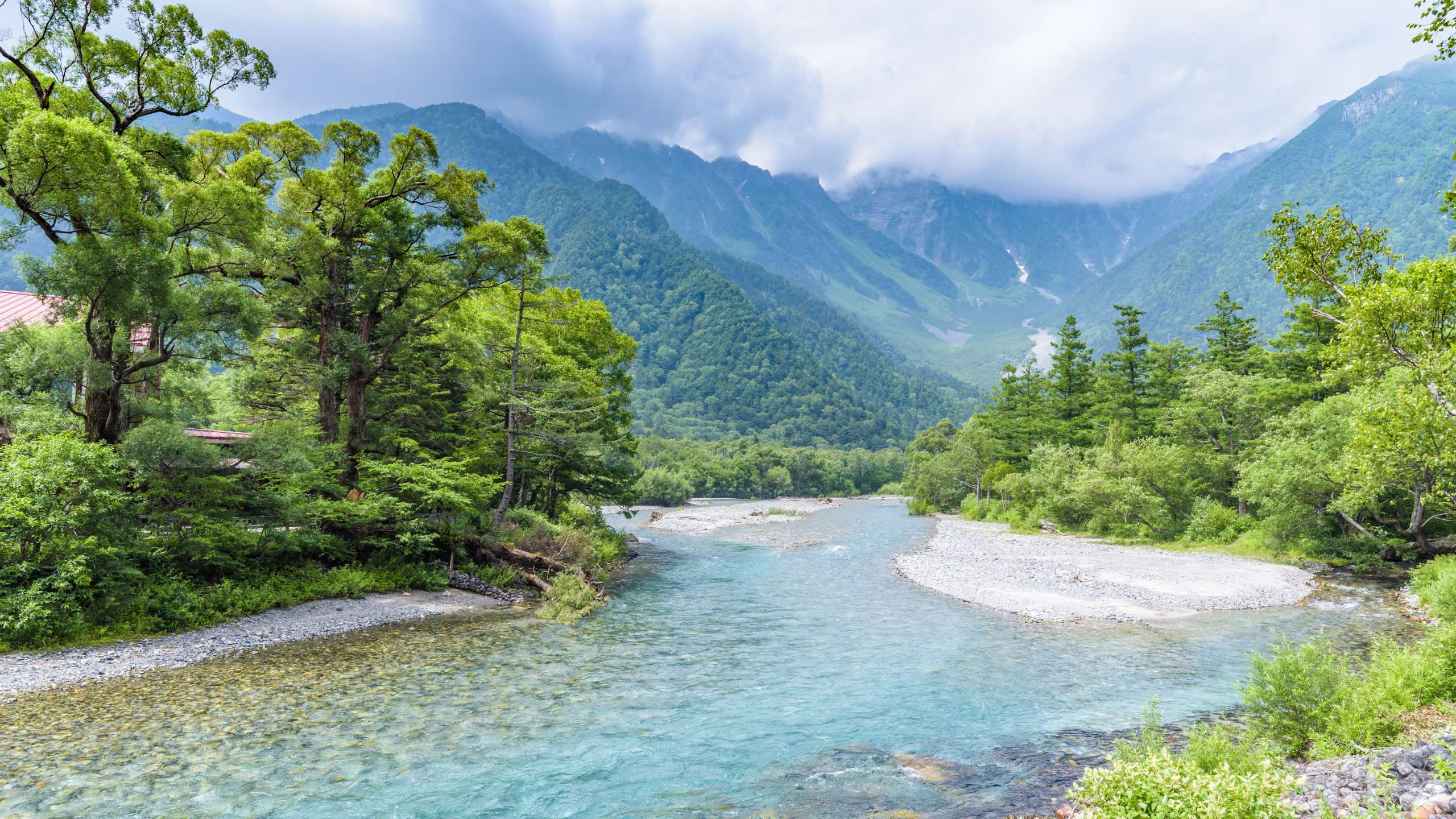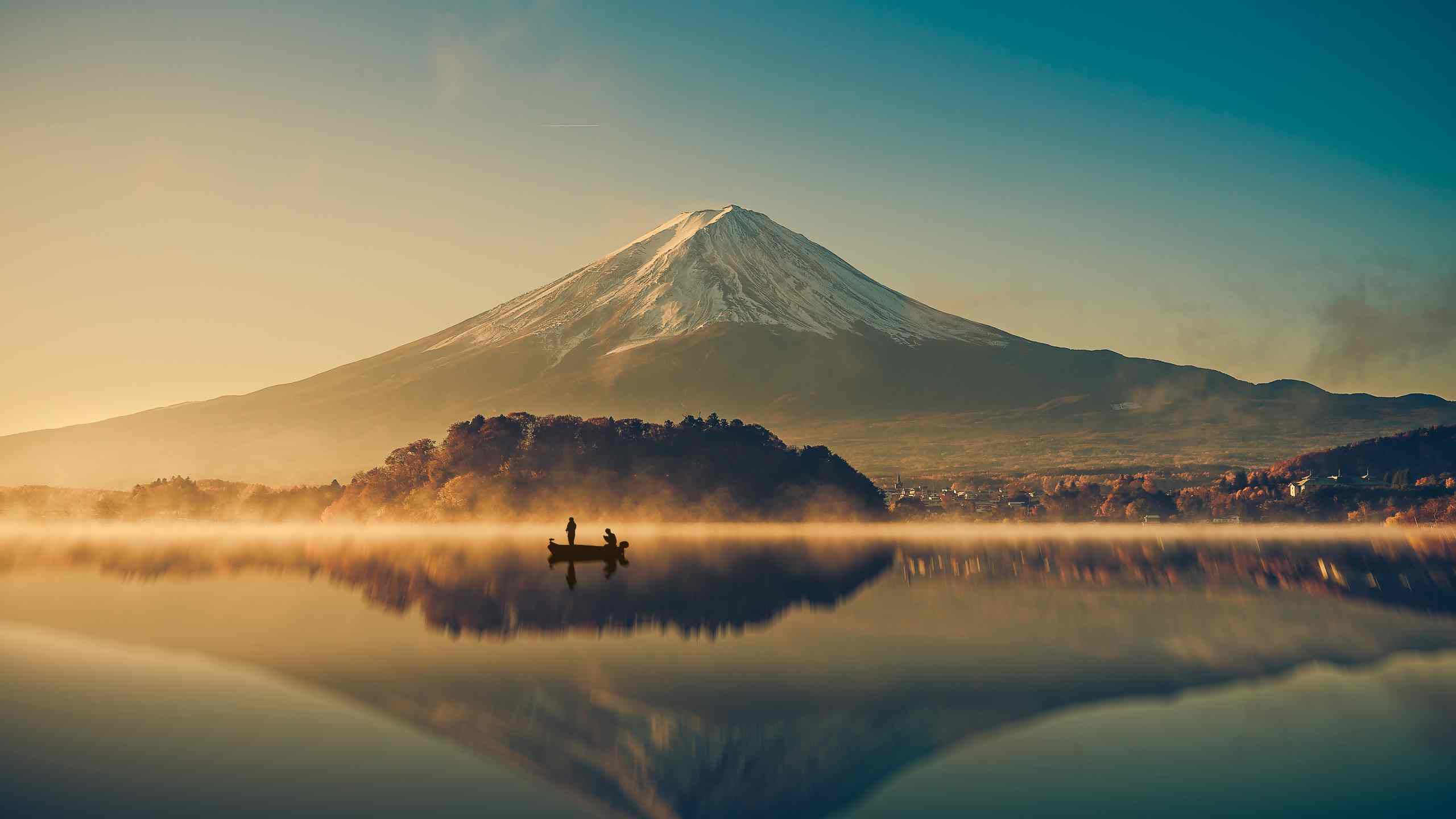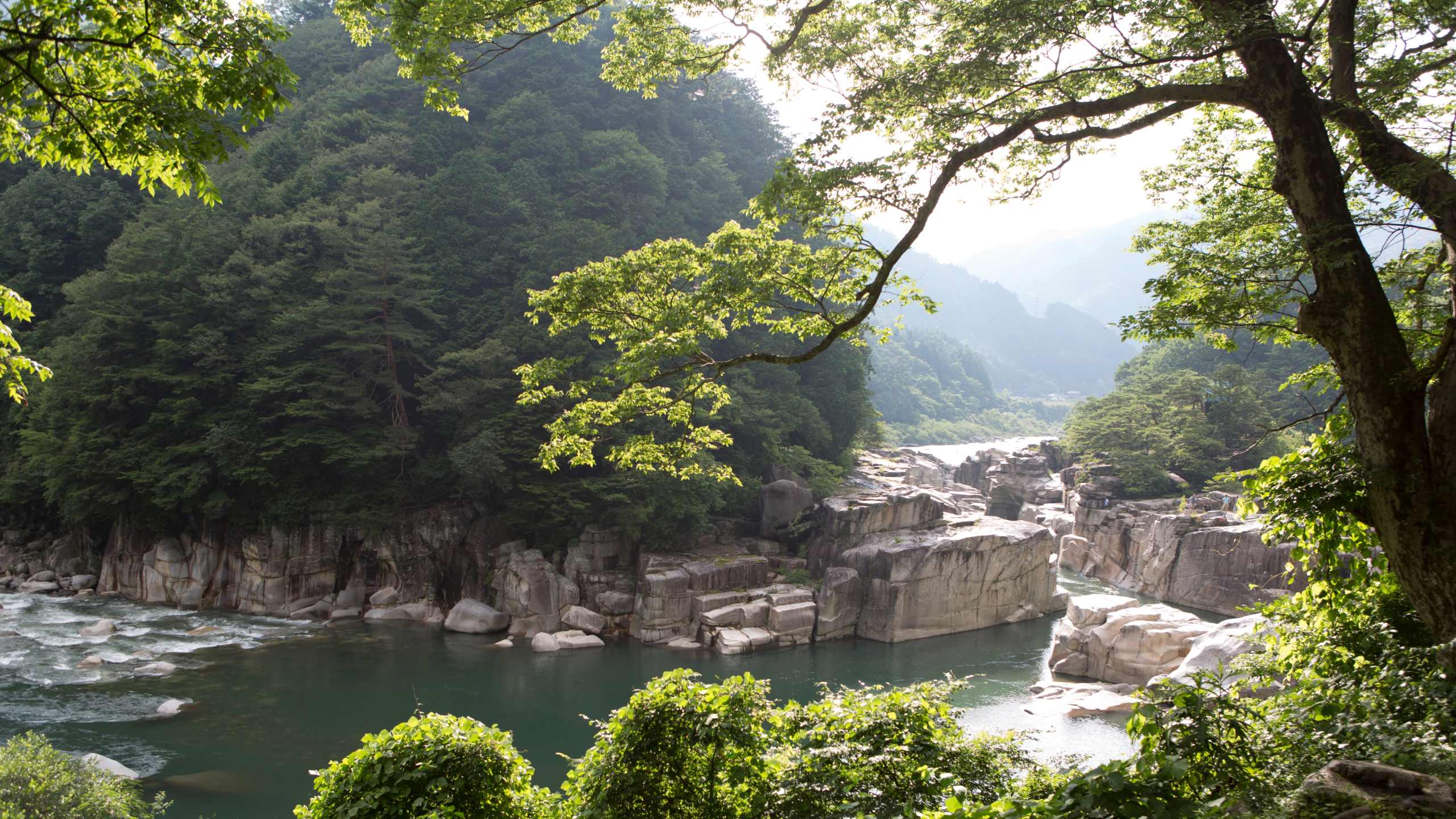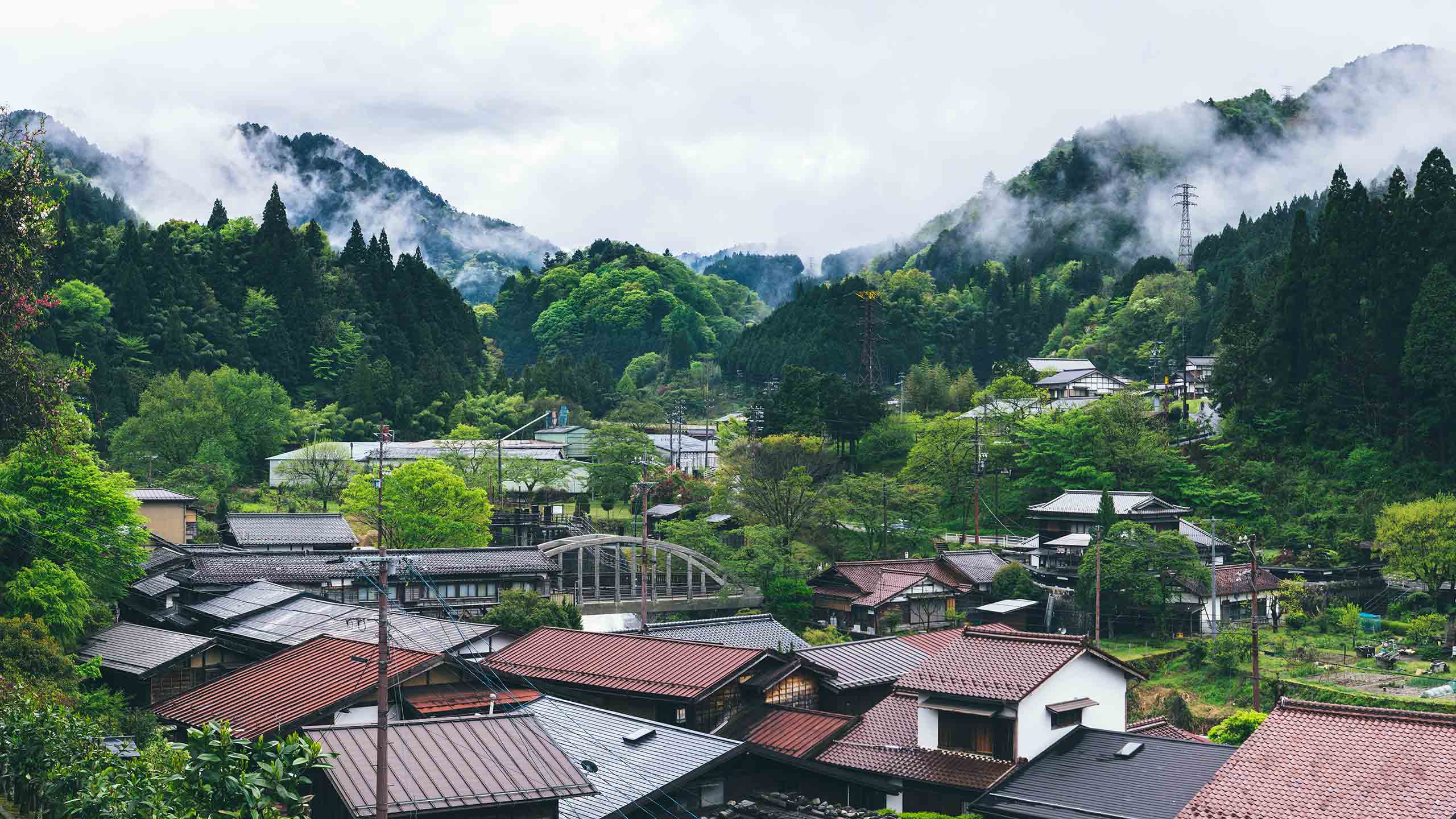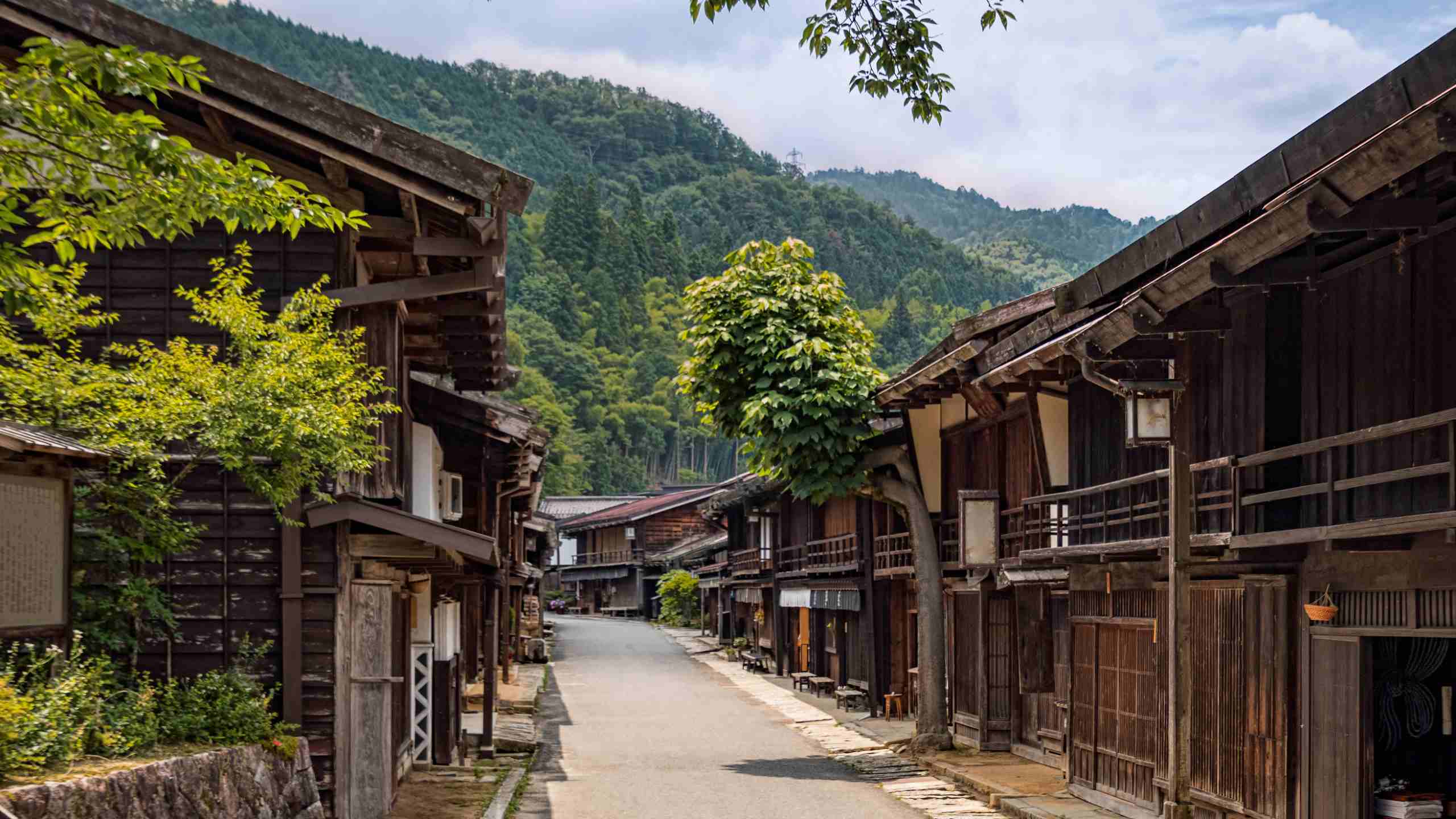The Nakasendo Trail in Japan stands as an icon of natural splendour and cultural richness. Spanning 533 km (332 miles) from Tokyo to Kyoto, this historic trail weaves through enchanting forested paths, traverses central mountains, and unveils preserved villages that whisper tales of bygone eras. Nature’s marvels unfold along the way, leaving you in awe of Japan’s diverse landscapes.
With the country experiencing four distinct seasons, the Nakasendo Trail offers a unique spectacle year-round. In this guide, we’ll stroll through each season, highlighting their individual charm and providing insights into the best time to walk the Nakasendo Trail for you.
If you are planning to hike the Nakasendo Way, you might also like to read our below posts to best plan your holiday:
- Where To Stay in Kiso Valley on The Nakasendo Way
- Japan Hikes: Kumano Kodo Pilgrimage Routes & Nakasendo Way
- The Nakasedo Way: History, Post Towns & Guide
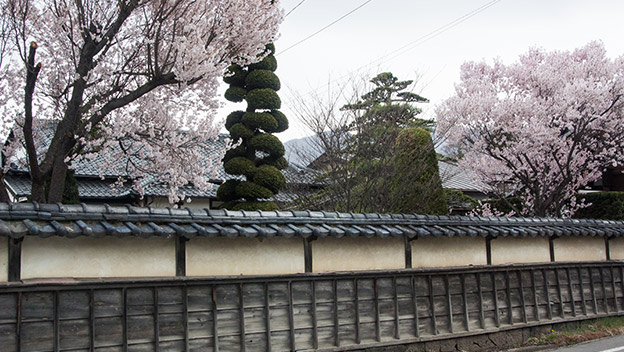
Spring (March, April, May)
If you truly want to enjoy walking the Nakasendo Trail, then by all means, do so in April and May. Walking in April adds a colourful treat to your experience as you witness the glorious bloom of cherry, plum, and azalea flowers. More significantly, the weather is more conducive and warmer during April and May, (pretty much cold in March), giving you all the extra support and soothing you need from the climate to walk through one of Japan's famous hiking trails. Don't miss the cherry blossoms and glory in Takato Castle Ruins Park in Ina City and the azaleas blossoms of Tanpaku Park in Nagiso. However, spring is a peak season and there will be crowds, so book earlier to get the best accommodation in Kiso Valley.
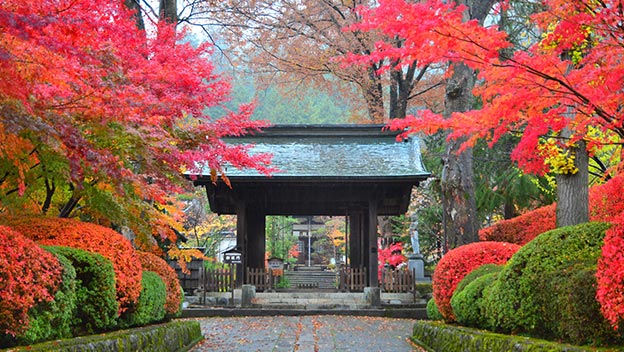
Autumn (September, October, November)
Autumn is another perfect season to visit if you missed spring. Temperatures are a bit mild and there is little chance of rainfall. You should plan your visit in November to stand a better chance of zero rainfall, because September could still surprise itself and you, with rains and typhoons.
The colours of autumn are always a delight to see and places like Mount Ontake and Momiji Lake offer the best views of autumn’s enchanting leaves. These leaves assume their full glory from October to November, so be rest assured to enjoy them all autumn. Just like spring, you will have great company, even more than spring in most cases, but as a thumb rule, you can always get the best lodges by booking on time. Contact us for the best Nakasendo adventure packages and accommodation
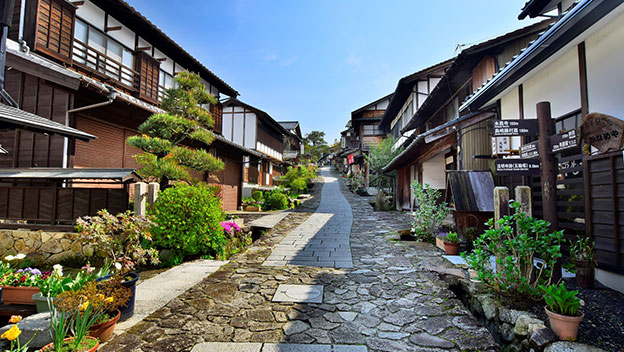
Summer (June, July, August)
Summer is Japan's rainy season, and there is always a higher chance of rain beginning in June. Yet, some years, the rains will be intense, leaving no breaks, and in other years, it could be unnoticeable. So, it's all about taking chances in summer. Despite the rains, the weather will be hot, averaging almost 30°C (86°F) and uncomfortable for hikes.
With more rains and sometimes – unbearable heat, the crowd will naturally decline, leaving the trail scanty and accommodations more available. If you are willing to gamble with the rain, you could get lucky and witness fair weather, plus off-peak, cheaper rates in hotels – one of the perks of visiting when everyone decidedly shuns the trail. On the bright side, it's the best time for swimming in the many rivers on the trail like the Atera and Kakizore gorges, or bathing in the Tadachi waterfalls.
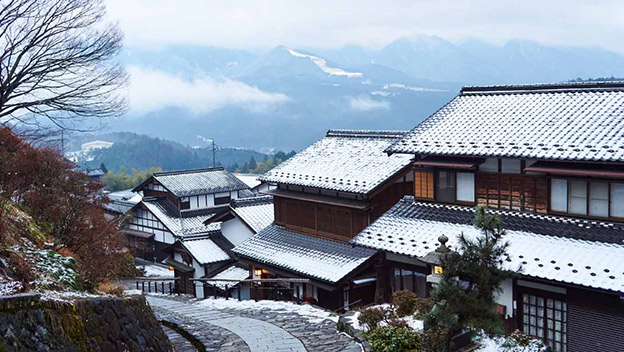
Winter (December, January, February)
Winter for some, might be the best time of the year to walk the Nakasendo Trail, owing to the mesmerising beauty of snow and ice on the environment. But winter is an off-season and reasonably so, due to the extremely low temperatures. It's quite colder in the Kiso Valley and neighbouring Ina Valley.
Generally, expect temperatures anywhere between 5°C (41°F) and 12°C (54°F) in Kyoto and Tokyo. However, the trail is still walkable, but gear up with the right clothing and footwear to avoid being under the weather. Since winter is an off-season, the best accommodations will be available and cheaper because of low patronage. However, most hotels could shut down for the season which is why you should always book in advance.
